Size: 3M
The Date Palm (Phoenix dactylifera) scientifically named Phoenix dactylifera, belongs to the Arecaceae family and is a fruit-bearing palm tree. People have cultivated it for thousands of years, and it holds a rich history and significance in many cultures. The Date Palm is native to the Middle East and North Africa.
Here are some key features and information about the Date Palm:
Appearance:
The Date Palm (Phoenix dactylifera) is a tall and majestic tree, reaching an average height of 50-75 feet (15-23 meters). It has a single trunk, typically covered in rough, grayish-brown bark. The crown of the tree consists of large, feather-like leaves, known as fronds, which can be up to 15-20 feet (4.5-6 meters) long.
Fruit:
The Date Palm (Phoenix dactylifera) is renowned for its delicious and nutritious fruit, called dates. Dates are oval or cylindrical in shape, with a wrinkled, sticky texture when ripe. They range in color from golden yellow to reddish-brown or even black, depending on the variety. Dates are sweet and have a rich flavor, making them a popular ingredient in various cuisines and desserts.
Cultivation:
Date Palms require a hot and arid climate for optimal growth. They thrive in areas with long, dry summers and mild winters. The trees prefer full sun exposure and well-drained sandy soil. Adequate irrigation is essential, particularly during the fruiting season, to ensure good fruit production.
Pollination:
Typically, Date Palms exhibit dioecism, with separate male and female trees. Female trees bear the fruit, while male trees produce pollen. Proper pollination is crucial for successful fruit production. In commercial cultivation, people often plant male trees near female trees or manually transfer pollen to the female flowers.
Harvesting:
Dates are harvested when they are fully ripe. The timing of the harvest depends on the desired sweetness and moisture content of the fruit. The harvesting process involves climbing the tall palm trees and carefully cutting the fruit clusters from the branches.
Uses:
Dates have been a staple food in the Middle East for centuries and have gained popularity worldwide. They are consumed fresh, dried, or used as ingredients in various dishes, desserts, and beverages. Dates are also rich in fiber, vitamins, and minerals, offering several health benefits.
Cultural and Symbolic Significance:
Many regions attribute great cultural and symbolic value to Date Palms. People associate them with hospitality, prosperity, and fertility. Religious texts mention Date Palms, considering them a symbol of abundance and blessings.
The Date Palm’s iconic stature, delicious fruit, and historical significance make it a valuable tree in both agricultural and ornamental contexts. Its ability to thrive in hot and arid climates has contributed to its popularity in various parts of the world.

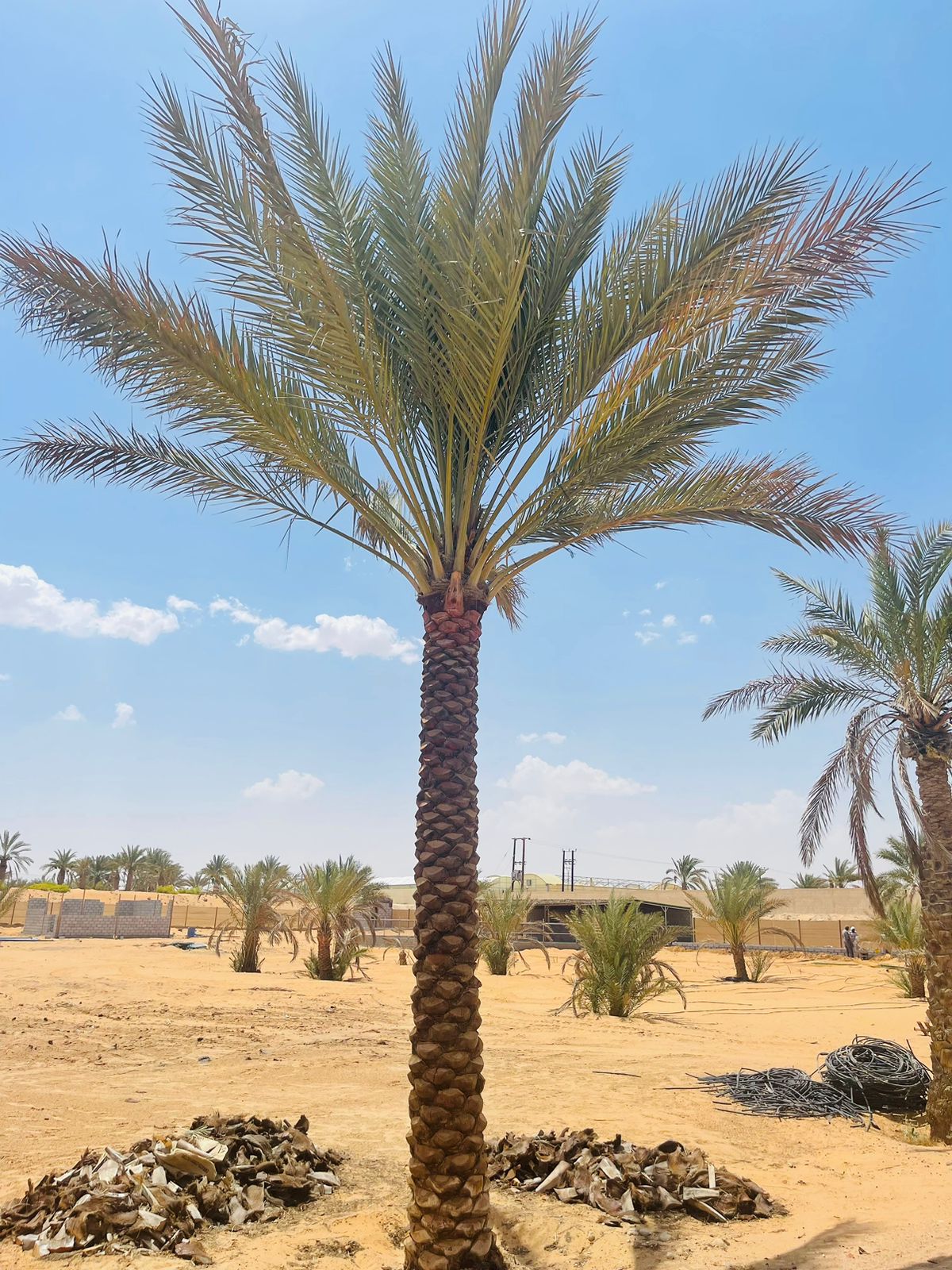
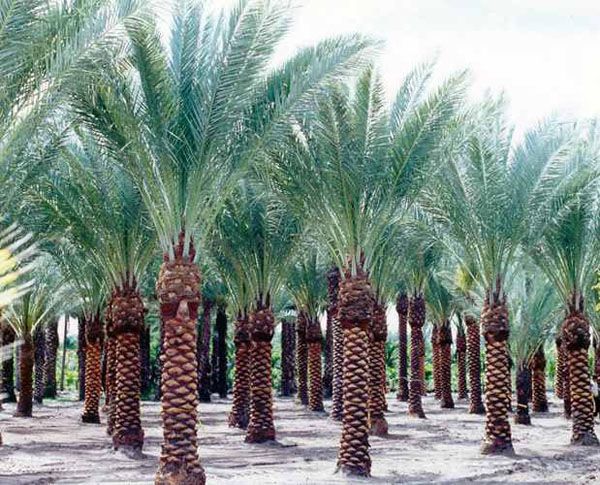
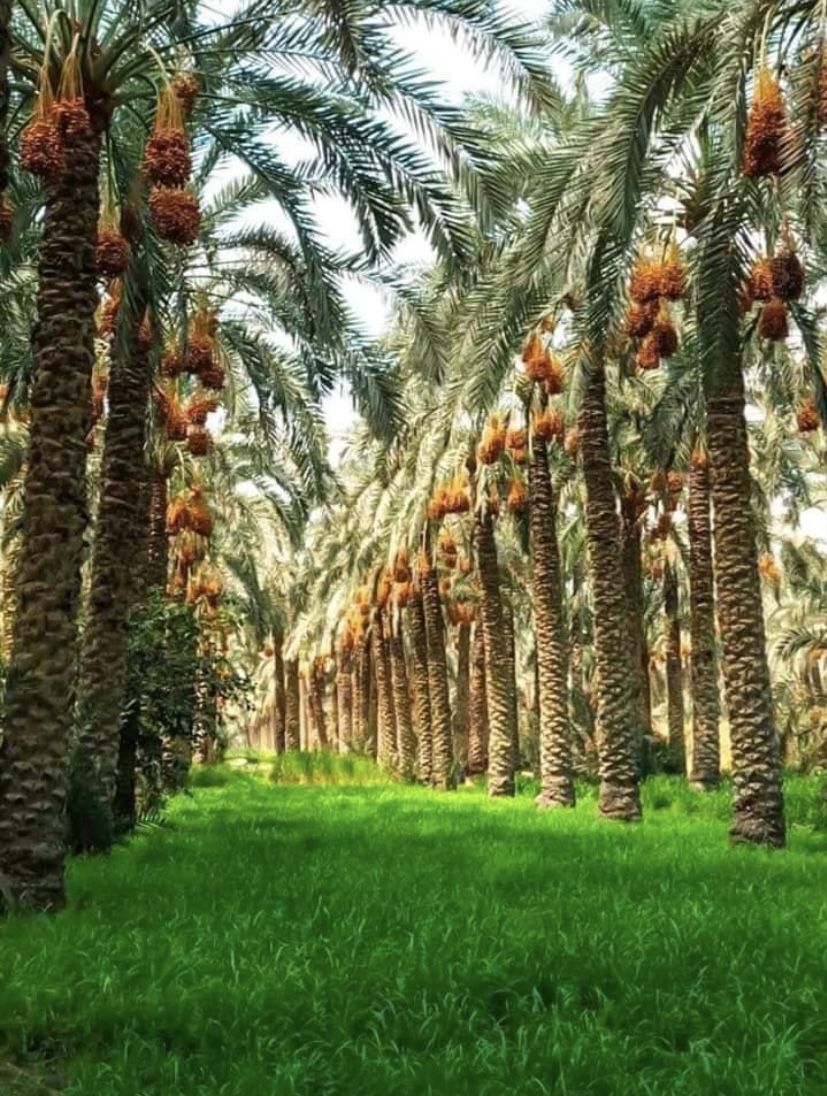
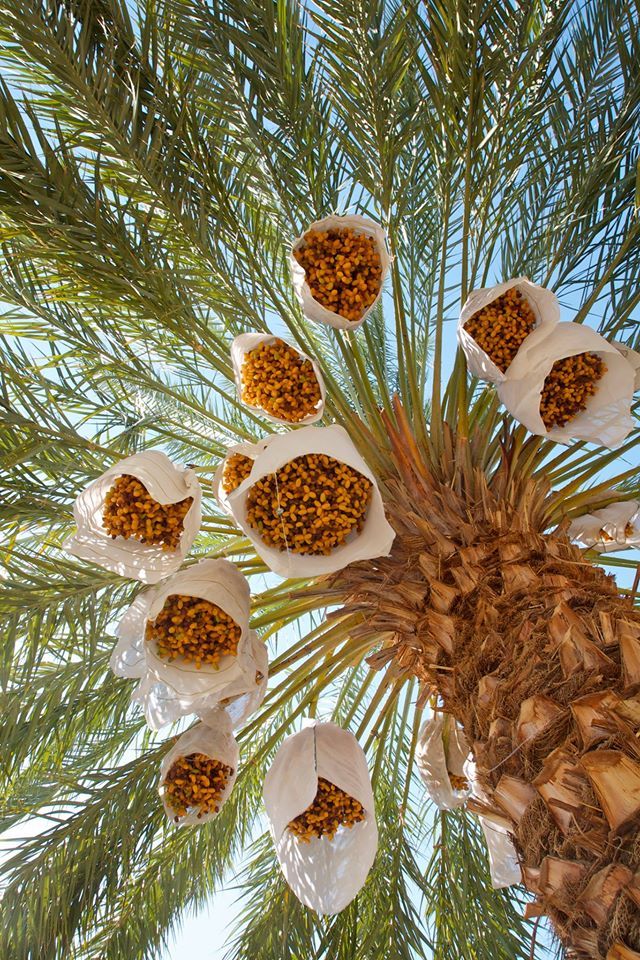
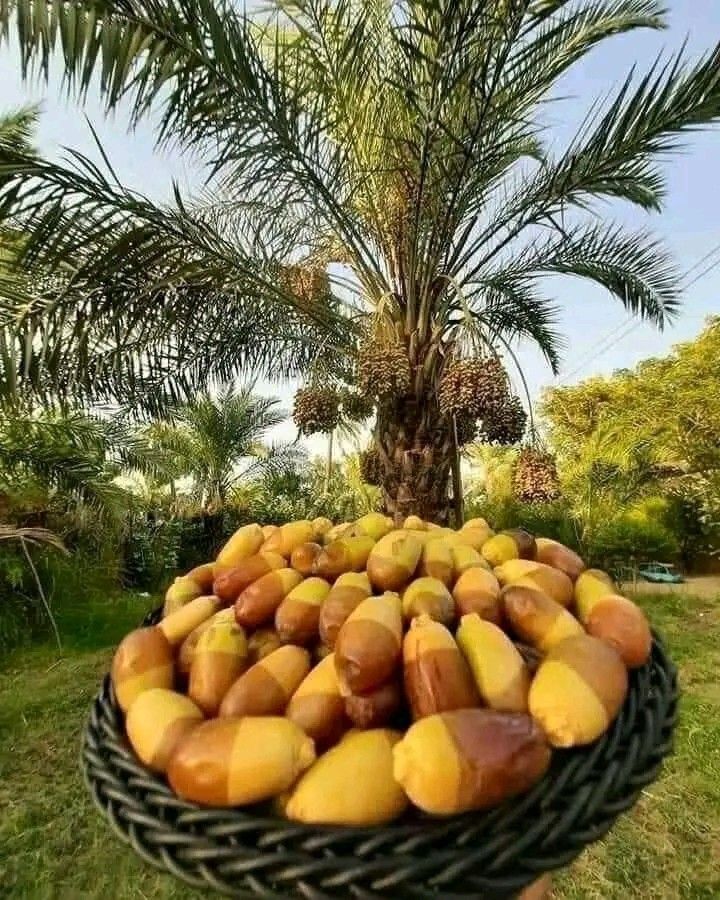



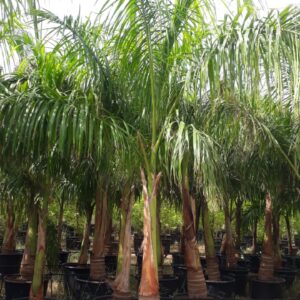
Reviews
There are no reviews yet.